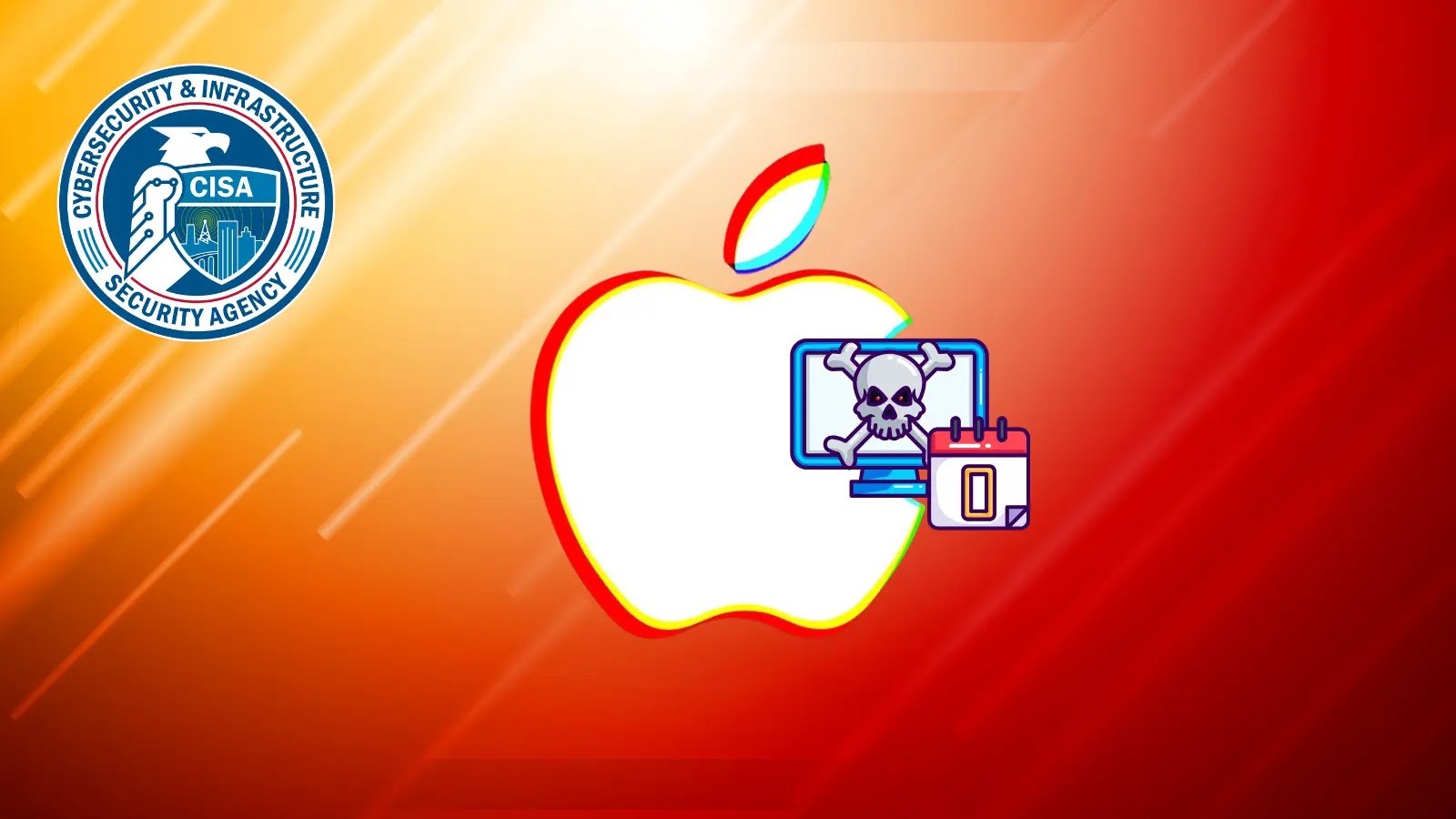
CISA Warns of Apple iOS, iPadOS, and macOS 0-day Vulnerability Exploited in Attacks
An urgent and critical alert has been issued by the Cybersecurity and Infrastructure Security Agency (CISA) concerning a significant zero-day vulnerability actively being exploited across Apple’s popular operating systems: iOS, iPadOS, and macOS. This severe flaw, designated CVE-2025-43300, has been added to CISA’s Known Exploited Vulnerabilities (KEV) catalog, underscoring the immediate need for protective measures from both organizations and individual users. The presence of an actively exploited zero-day vulnerability in such widely used platforms presents a substantial risk, potentially leading to unauthorized access, data compromise, and system instability.
Understanding the Zero-Day Threat
A “zero-day” vulnerability refers to a software flaw that is unknown to the vendor (in this case, Apple) and for which no official patch has been released. The term “zero-day” originates from the fact that developers have zero days to fix the vulnerability once it’s discovered and, more critically, when it’s actively exploited in the wild. Threat actors capitalize on this window of opportunity, leveraging the unpatched security hole to gain unauthorized access to systems or deploy malware. The exploitation of CVE-2025-43300 means that malicious actors are already using this weakness in real-world attacks, making it an immediate and pressing concern for all Apple users.
CISA’s KEV Catalog: A Call to Action
CISA’s KEV catalog serves as a critical resource, listing vulnerabilities that have been observed being actively exploited in the wild. Its purpose is to drive urgent remediation by federal civilian executive branch agencies (FCEB), though its guidance is invaluable for all organizations and individuals. The inclusion of CVE-2025-43300 in this catalog signifies that this is not merely a theoretical threat but an active, ongoing campaign. CISA’s warning compels organizations to prioritize patching and mitigation efforts to defend against potential attacks that could lead to significant damage, including data breaches, ransomware infections, or complete system compromise.
Potential Impact of Exploitation
While specific details about the nature of the exploit for CVE-2025-43300 are often kept under wraps by vendors and security researchers until a patch is widely available, the general implications of a zero-day vulnerability in core operating systems like iOS, iPadOS, and macOS are severe. Successful exploitation could lead to:
- Remote Code Execution (RCE): Attackers could execute arbitrary code on affected devices, gaining full control.
- Data Exfiltration: Sensitive personal or corporate data stored on the device could be stolen.
- Privilege Escalation: An attacker could elevate their access level from a low-privilege user to an administrator.
- Device Compromise: The device could be integrated into a botnet or used as a pivot point for further network infiltration.
- Persistent Access: Attackers might establish backdoors for long-term access to the infiltrated system.
Remediation Actions and Recommendations
Given the active exploitation of CVE-2025-43300, immediate action is paramount. Apple typically releases security updates rapidly for zero-day vulnerabilities once they are internally acknowledged and a fix is developed. Users and organizations should prioritize the following:
- Immediate Patching: As soon as Apple releases security updates for iOS, iPadOS, and macOS, install them without delay. Enable automatic updates where feasible to ensure timely application of patches.
- Keep Software Updated: Beyond the current zero-day, maintain a rigorous update schedule for all software, applications, and operating systems across your environment.
- Monitor for Anomalies: Implement robust logging and monitoring solutions to detect unusual network activity, unexpected processes, or unauthorized access attempts on Apple devices.
- Principle of Least Privilege: Ensure users and applications operate with the minimum necessary access rights to perform their functions.
- Endpoint Detection and Response (EDR): Deploy EDR solutions on all endpoints capable of detecting and responding to sophisticated threats, including zero-day exploits.
- Network Segmentation: Isolate critical systems and sensitive data using network segmentation to limit the lateral movement of attackers if a device is compromised.
- Backup Critical Data: Regularly back up all critical data to secure, off-network locations to facilitate recovery in the event of a successful attack.
- User Awareness Training: Educate employees about phishing, social engineering, and the dangers of clicking on suspicious links or downloading untrusted files.
Tools for Detection and Mitigation
While a direct patch is the most effective mitigation for CVE-2025-43300, several cybersecurity tools can aid in detecting potential exploitation attempts and bolstering overall security posture before and after a patch is available.
| Tool Name | Purpose | Link |
|---|---|---|
| Apple Security Updates | Provides official patches and security fixes for iOS, iPadOS, macOS. | https://support.apple.com/en-us/HT201222 |
| Endpoint Detection and Response (EDR) Solutions | Detects and investigates suspicious activities on endpoints, including potential exploitation. | (Choose vendor of choice, e.g., CrowdStrike Falcon, SentinelOne, Microsoft Defender for Endpoint) |
| Network Intrusion Detection/Prevention Systems (NIDS/NIPS) | Monitors network traffic for malicious patterns and can block known exploit attempts. | (Choose vendor of choice, e.g., Snort, Suricata, Palo Alto Networks, Fortinet) |
| Vulnerability Scanners (e.g., Nessus, Qualys) | Identifies software vulnerabilities and misconfigurations in systems. | https://www.tenable.com/products/nessus |
| Mobile Device Management (MDM) Solutions | Helps manage and secure mobile devices, including enforcing security policies and managing updates. | (Choose vendor of choice, e.g., Jamf Pro, Microsoft Intune, VMware Workspace ONE) |
Conclusion
The CISA warning regarding the actively exploited zero-day vulnerability CVE-2025-43300 impacting Apple iOS, iPadOS, and macOS underscores the dynamic and persistent nature of cybersecurity threats. This situation highlights the critical importance of remaining vigilant, maintaining an agile patching strategy, and implementing a layered security approach. Organizations and individual users must act promptly to apply all available security updates and strengthen their cyber defenses to mitigate the risks posed by this — and future — sophisticated attacks.





